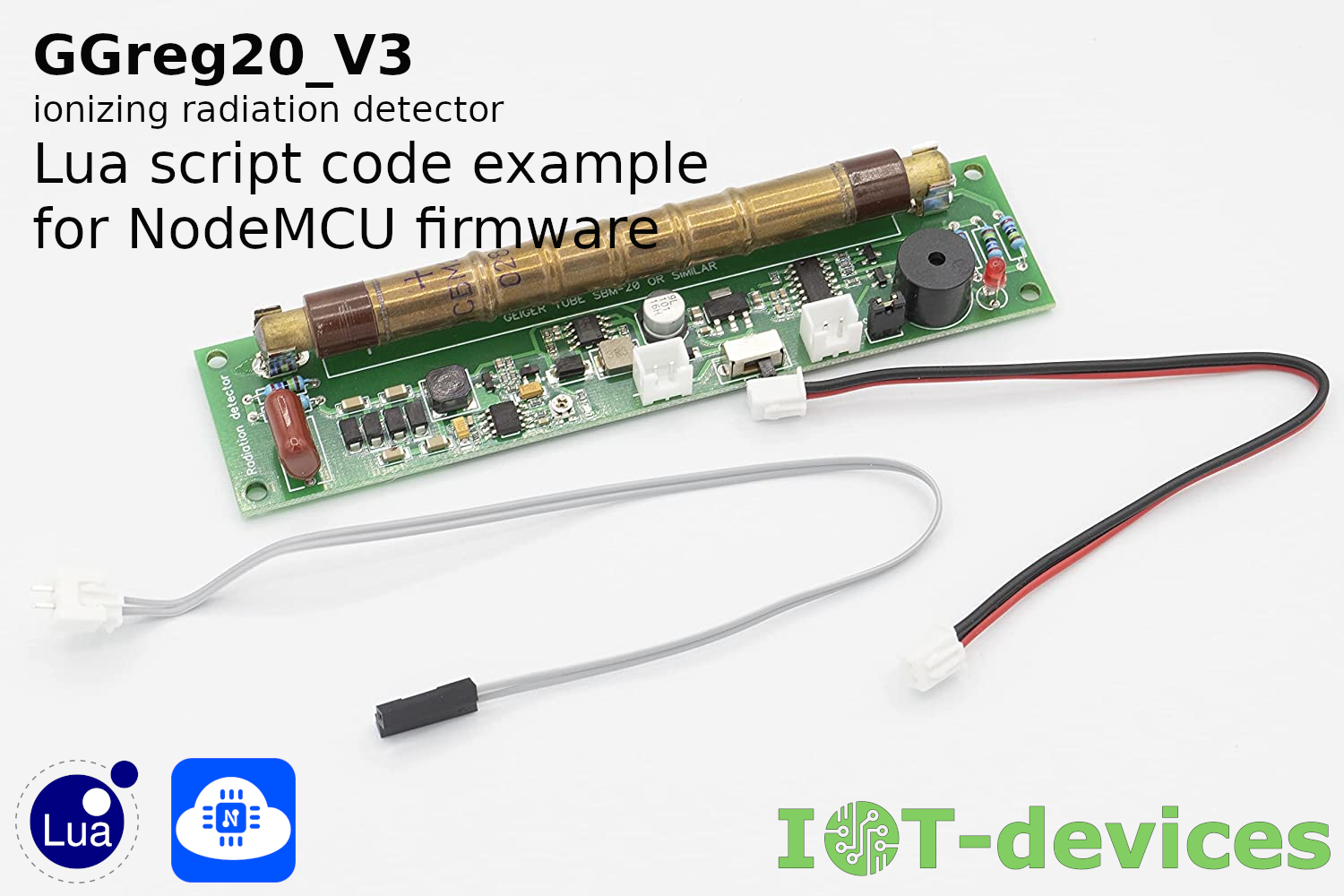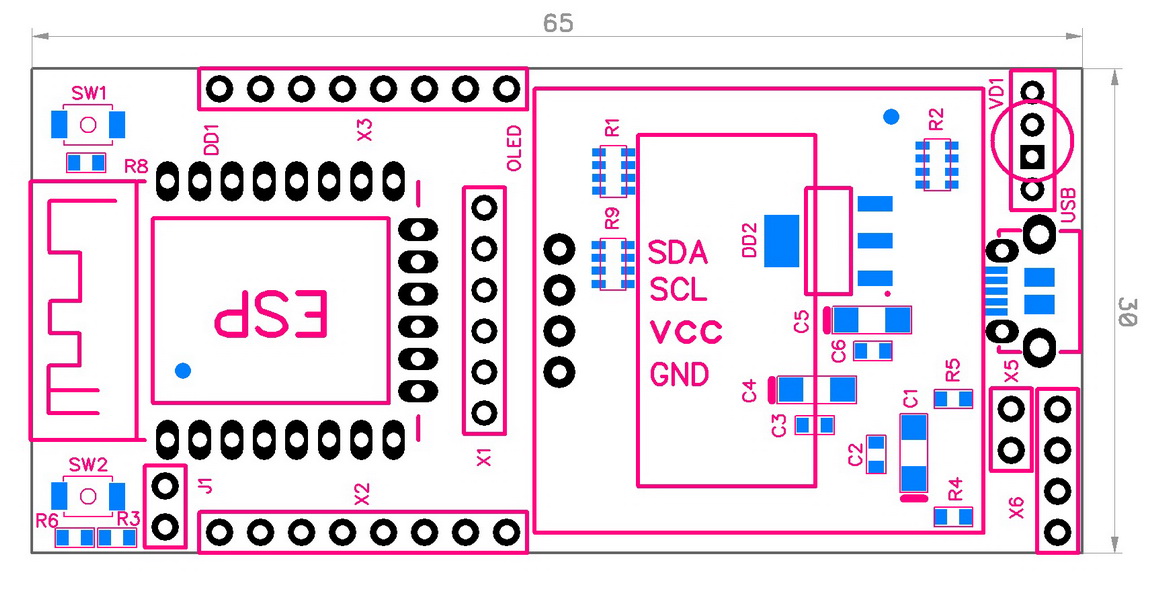Lua code example for GGreg20_V3 with NodeMCU firmware with ESP8266 / ESP32 controller
Kyiv. Ukraine. The IoT-devices LLC team has developed and made available on GitHub an example in Lua for its GGreg20_V3 product, which can be used for ESP8266 and ESP32 controllers…

